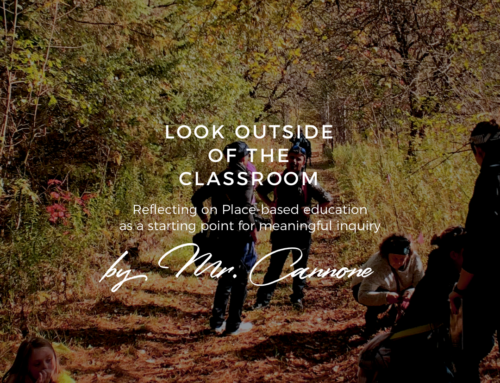Week 2: Here’s what you can do
Engaging your children in activities related to algebraic reasoning
When I posted a blog post earlier this week with a few invitations to explore numbers, teachers offered additional ideas related to Number Sense and Numeration as well as Algebra. It is for this reason that I love Twitter, as I am able to connect with educators from all over the world who open my eyes to new perspectives while sharing resources that I may not have discovered myself. The goal for each of the posts in the days ahead of us will be to offer easy-to-implement activities at home. Some of these ideas may require a computer to print out related materials while other ideas will be simple games that your child can engage in throughout the day.
As an educator, I would like to impart a few simple and reassuring words for parents – even with colour-coordinated schedules and a packet of sheets, you cannot replicate school. Your child, like many others, is trying to make sense of the events unfolding daily. Don’t put pressure on yourself to address all subjects in a day. Instead, take a breath, plan a few short activities related to Math and Language, and allow for your child to engage in experiential, self-directed learning (more on that in an upcoming post). For today, here are some ways that you can support your child with developing algebraic reasoning.
- Visual Grocery shopping list
What groceries will we need for our next weekly trip to the store? Even if your child doesn’t join you on your next trip, have them create a visual list of just a few items that you think you will need. For example – if you plan on picking up 1 carton of milk, 2 loaves of bread and 5 apples, have them make a list and then determine the amount based on this small order and estimated costs.

- Algebra Picture Puzzles
My students absolutely love creating these because they serve as an invitation to create a puzzle that someone would then have to solve. In creating these puzzles, students are the architects of their learning as they make connections between numbers and symbols – typical of algebraic equations. Eventually students will use letters (e.g., c, h, t) in place of the symbols or images (e.g., cat faces, hearts, trees). These letters can stand for a specific unknown value (variable), for example, 3 + c = 12, or for a set of values, for example, a + b = 12. Here’s an example of an Algebra Picture puzzle featuring two of my favourite TV personalities. Can you determing the value for each?

- SPLAT!
I was first introduced to Number SPLATS for Algebra in an Intermediate Math course (Thanks Angela Box – @angelabox13). https://stevewyborney.com/2017/02/splat/. Splat! (created by Steve Wyborney) is a number sense strategy that can be used at any grade level. Students are shown representations of numbers with a covered splat overtop a section of counters. Part of the counters are hidden and students are asked how many are still shown and asked to reason through how many are hidden. On his website, Steven offers free resources to print and post in your home and work on with your children. Take a look at the example below:







